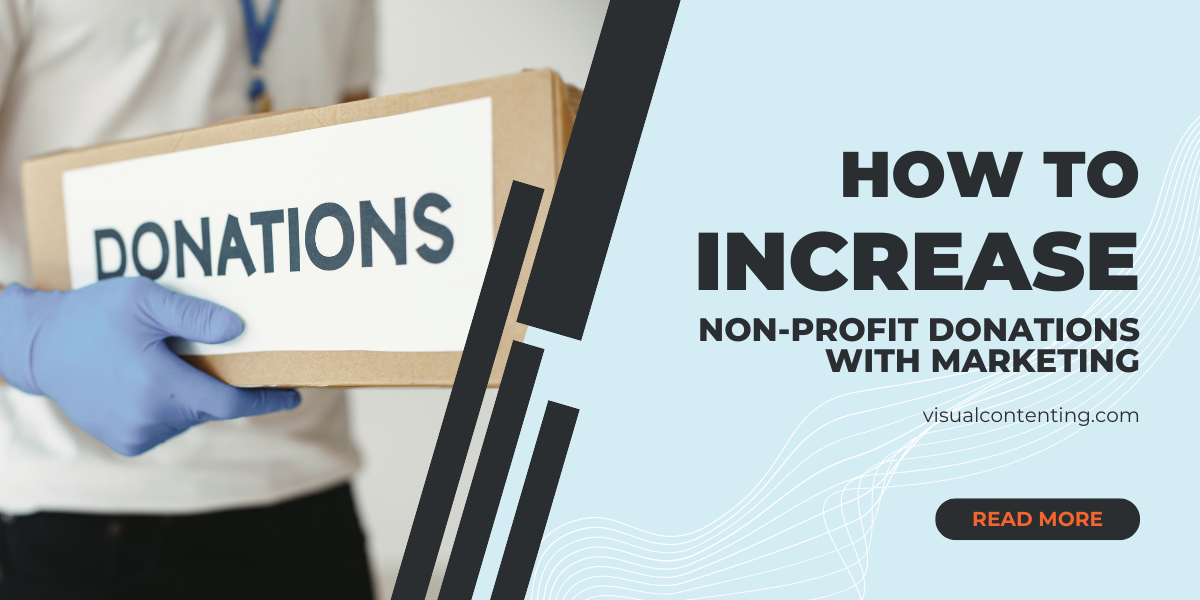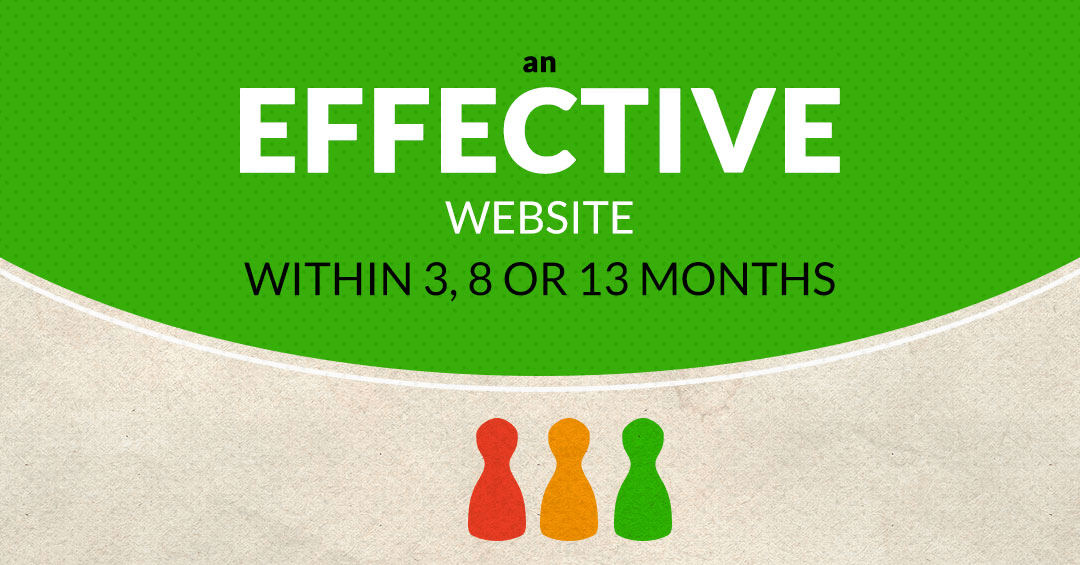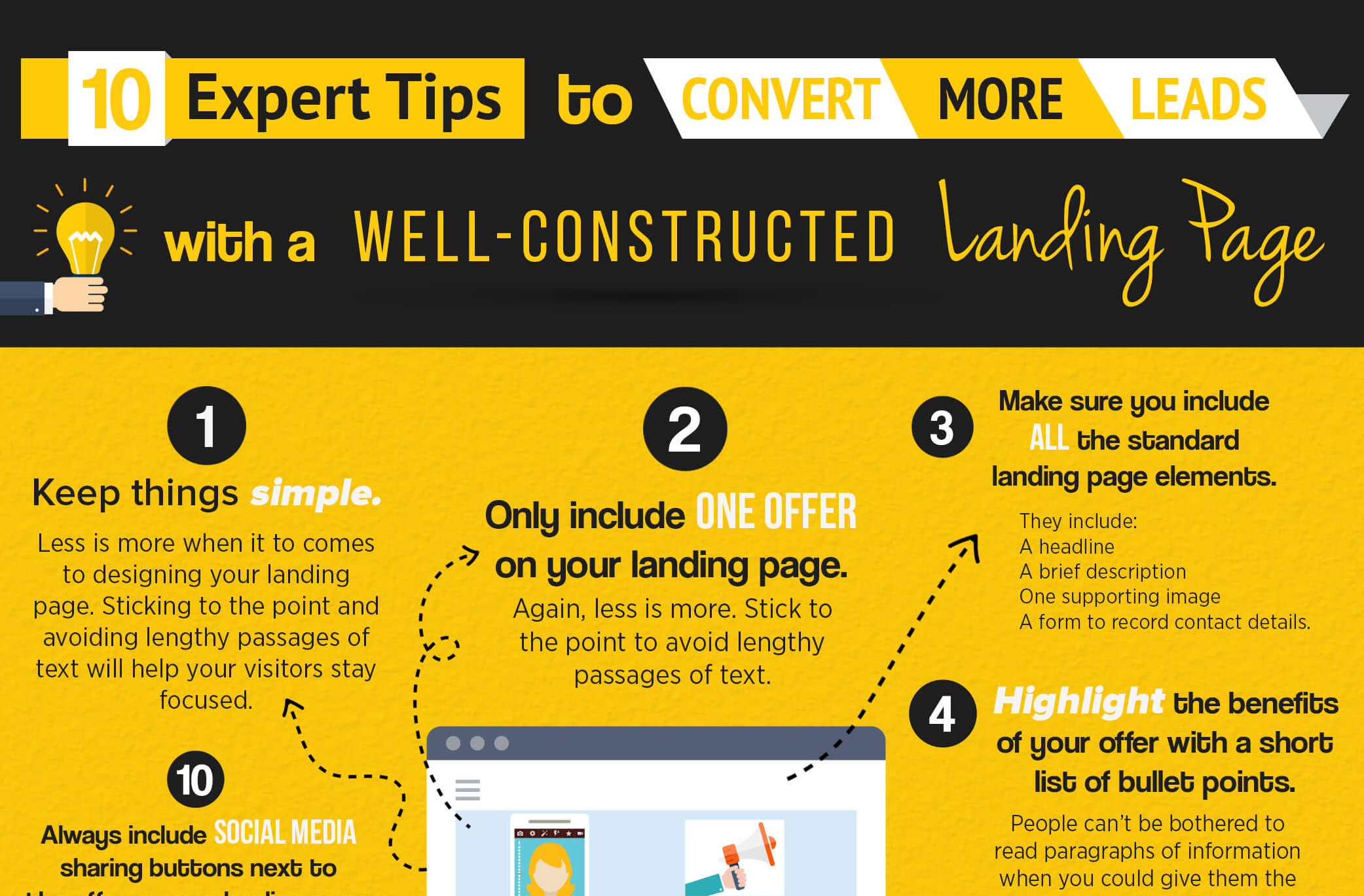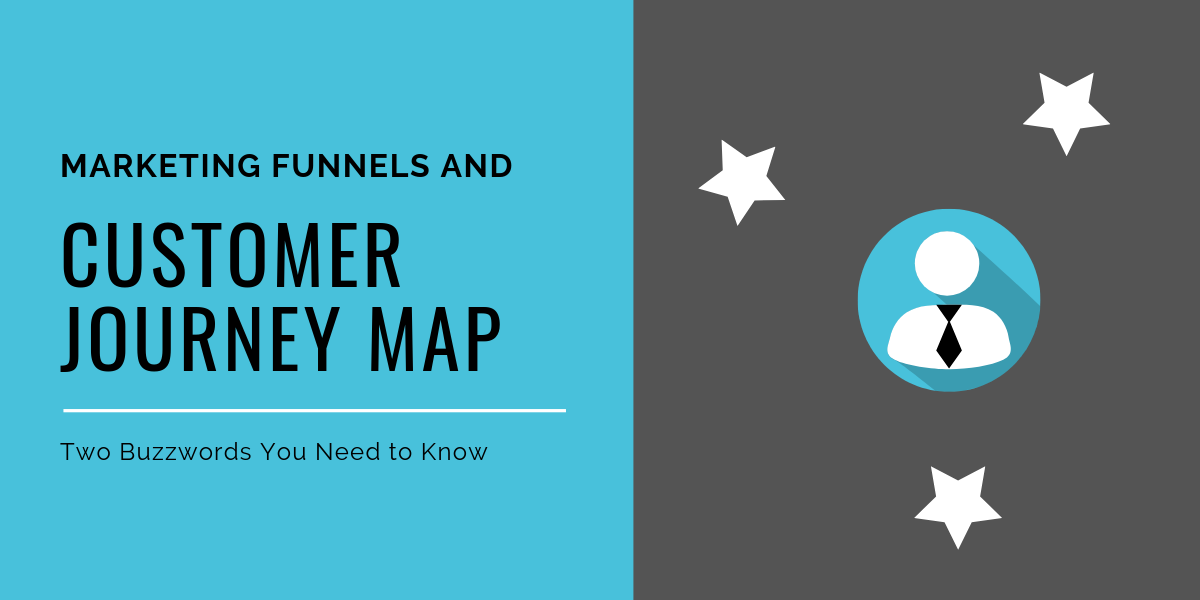Every marketer aims to maximize their marketing strategy using as few monetary resources as possible. In the non-profit sector, where budgets are particularly tight, making marketing funds stretch as far as possible is critical.
Annual giving presents new opportunities, and organizations must evolve and utilize modern marketing technologies in their fundraising strategies to reach donors who care about their cause and share their vision.
Marketing experts looking to boost non-profit donations should understand how campaigns are critical to the non-profit sphere and consider implementing the following recommendations in their approach.
What’s the Purpose of Non-Profit Marketing?
Non-profit organizations depend on marketing for donor giving. However, non-profit marketing can also help organizations in other ways.
For instance, a robust marketing campaign helps raise awareness about non-profits and their goals. Like any other business, brand awareness helps get the word out to a broader audience and increases the likelihood of donations.
Marketing also enhances volunteer recruitment. A 2016 Americorp report suggested that volunteers were twice as likely to donate to a cause than non-volunteers, meaning non-profit marketers shouldn't overlook volunteerism as a powerful tool to ramp up funding.
Additionally, some non-profits operate with zero staff, relying entirely on citizens who offer their time and talents for free.
An effective non-profit marketing strategy reaches potential donors, touching the heartstrings of those who can contribute. Through solid marketing campaigns, non-profits can increase donor memberships in their monthly giving programs to boost funding.
7 Ways Marketers Can Increase Non-Profit Donations
There are many ways non-profits can enhance their marketing efforts for donations. Here are seven marketing strategies non-profit donor campaigns should include.
1. Know Your Donors
According to the National Philanthropic Trust (NPT), individuals accounted for 67% of total giving in 2021, equalling $326.87 billion. Therefore, marketing experts must know their target audience to shape their marketing strategy.
Characterizing donors by creating donor personas is an excellent place to start, delivering key demographic insights, such as:
- Age
- Gender
- Location
- Goals, passions, and interests
- Values and attitudes
- Communication preferences
- Relationship with the non-profit, such as volunteer or first-time, one-time, or recurring donor
Once there's a clear indication of the target audience, marketers can dive into donor psychology to understand their giving behaviors – for instance, determining the differences between one-time or recurring donors or if employment status determines the amount people are willing to contribute.
When marketers think like their donors, they can better anticipate the outcome of their donation campaigns and make sounder marketing decisions.
2. Tell a Story
Creating content that tells a story is an effective visual practice that allows non-profits to connect with their donors better. People are more apt to donate to a non-profit if they can relate to the cause or make a difference. In some situations, the issue might impact them directly.
Generating authentic, meaningful content highlighting an organization's mission and action is the best way to achieve this connection.
For example, marketers might develop short video interviews of real people who've benefited from a non-profit's efforts. Infographics or posters with statistics and photo documentation of an organization's achievements are other methods of grabbing donors' attention.
Telling an organization's story is also integral to seeking grants. About 80% of non-profit funding comes from federal grants and fees of service contracts.
Some grants have specific requirements for reporting, so organization members tend to keep detailed progress notes for reaching goals and maintain open information flow across departments.
Marketers can utilize the collected data and milestones to relay an organization's story. More than likely, donors and grant issuers will want to see how non-profits use the grant money they receive to further their cause.
3. Optimize Email Outreach
The 2020 Global Trends in Giving Report found that 26% of online donors feel inspired to donate because of email communication.
Non-profit marketers should optimize email marketing to generate funding. The more people sign up for a non-profit's newsletters, blog updates, or other online communication, the better it is for capturing donor insights.
Non-profits that give donors more control over their information build trust. Issuing surveys, subscription forms, and opt-in permissions is a more effective way to garner donations, engagement, and support.
4. Create a Mobile-Friendly Donation Page
In addition to email, donors often prefer using their smartphones. That's why creating a mobile-friendly donation page with a straightforward process for giving is critical.
According to a Blackbaud Institute report, mobile giving accounted for 28% of online donations in 2021 – holding steady from 2020 and up 9% since 2014.
Non-profit organizations must ensure mobile-friendliness streamlines every aspect of their website, online donation forms, and communications so users have an optimal giving experience.
5. Crush the Social Media Game
Social media is one of the most effective digital marketing tools available. Non-profits can lean into social media platforms to expand their reach to billions of prospective donors.
Unique hashtags, interactive campaigns, calls-to-action (CTAs), and eye-catching content allow non-profit marketers to stay engaged with users and grow their donor and volunteer network for free.
Examples of how various organizations have utilized social media in their marketing efforts include:
- Make-a-Wish Foundation: Posts a video for every wish granted.
- World Wide Fund for Nature: Uses the #EarthHour hashtag to encourage its followers to turn their lights off for one hour.
- Charity: Water’s September Campaign: Asked people with September birthdays to encourage friends and family to donate – 60,643 people got clean water after raising $1.8 million for the campaign in 2015.
Savvy social media campaigns could be the ticket for non-profits to increase donations from individuals worldwide.
6. Test the Online Approach
Quality assurance is paramount to a successful marketing campaign seeking non-profit donations. Therefore, before launching their initiative, marketers should test their online approach to avoid online user issues and digital malfunctions.
For example, when using email communication to ask for donor participation, a descriptive subject line helps ensure email communication hits the recipient's primary inbox and grabs their attention while they skim through their messages.
Other components to review include:
- Tone, voice, and grammatical errors
- The background, font size, and color are readable
- Storylines and a clear call-to-action
- Visually appealing content and alignment
- Size, color, and placement of the donate button
It's best if non-profit organizations utilize email marketing software or content management systems (CMS) to communicate with donors and store contact information. These platforms often include a preview option to send a test email before sending the final draft.
7. Deliver Personalized Messaging
It's crucial that donors feel appreciated after sending money to a cause, especially if non-profits want them to donate again.
Studies show that the donor retention rate was 43.6% in 2020, down 4.1% from 2019. Following up with personalized messaging goes a long way in making donors see their role in the organization's efforts.
To demonstrate gratitude, non-profit marketers should send a customized email to thank donors and explain how their money will be spent.
A follow-up email can then provide updates on what the organization achieved with donor support and how ongoing donations can increase the potential for success.
Team members, stakeholders, or beneficiaries might also want to send handwritten thank-you notes or letters to donors expressing their gratitude. Donors will be surprised to receive mailed correspondence and will likely appreciate the gesture.
Increase Donations with Effective Non-Profit Marketing
The most effective non-profit marketing campaign considers its donors first and foremost. Tailoring the campaign to match donor psychology and integrating digital tools is critical in boosting annual giving so organizations can continue making a difference.
Related Posts
Devin Partida writes about topics concerning tech and the internet. She is also the Editor-in-Chief of ReHack.com.







